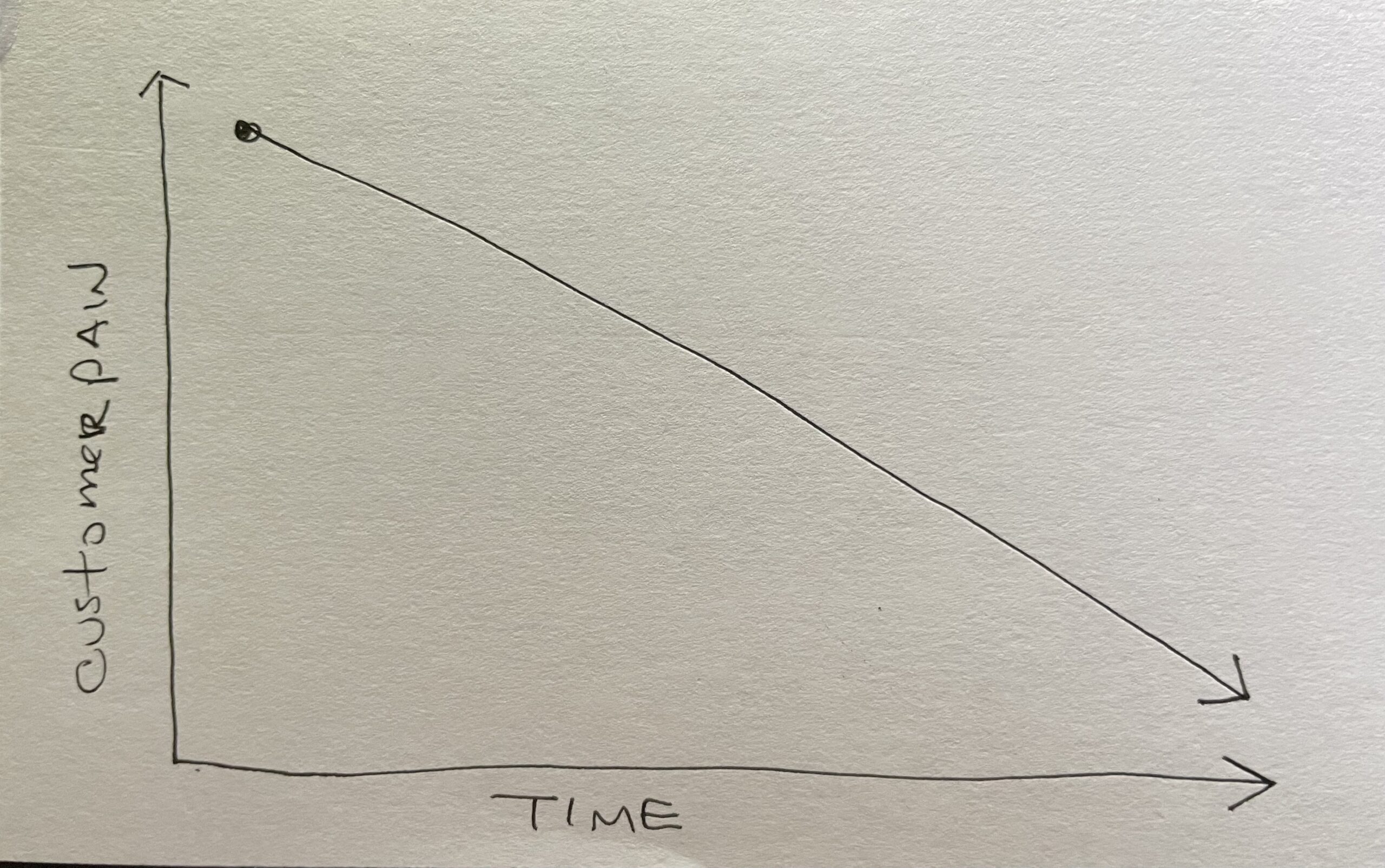Author Archives: Garrick van Buren
Only Finding the Non-Obvious Matters
“The better you understand context, the more likely you will see how easily you can be missing out on it.” Tyler Cowen, “Context is that which is scarce” Magnus Neilsson‘s “Nordic Cookbook” is one of my favorite books, primarily for how it opens: “If you follow the recipes to the dot as printed in the …
GWAR’s Tiny Desk Concert
Forty years after their creation GWAR played an NPR Tiny Desk Concert. If you need a reminder to really, intensely, focus on who you are and what you want to contribute to the world, no matter how seemingly weird and tasteless it may seem to others – this is that reminder.
ATTN Entrepreneurs: Customers Won’t Wait
Everyone has a rich and busy life, and each day we all have a lot on our minds, including persistent frustrations. Over time, we either resolve the frustration through some sufficiently satisfactory solutions or we simply accept it as a “that’s just how it is.” Suddenly, a solution is no longer required. Entrepreneurs are racing …
Making Time
(or On the Founder-Idea Obsession) There have been a handful of times, less than 20 across my entire life, where I’ve been obsessed with an idea. Yes, unhealthily obsessed. So obsessed I have temporarily neglected other obligations including my own health. Obsessed where I steal every possible moment to slip into the obsession. I’ve regularly …
Are They a Customer?
In my work with entrepreneurs, it’s not unusual to spend a substantial amount of time discussing who the customer for the product in question. Yes, spending so much time on such a foundational question may seem a bit silly. It’s only an indication of how limited our day-to-day transaction experience is relative to the richness …
Media Tetrad: Generative AI
While generative AI (ChatGPT, etc) is red hot right now, and I’ve been rather cool on it. All of my experiments with it have resulted in rather ‘meh’, uninteresting, completely predictable outcomes. Maybe I’m missing something. Which takes me to one of my favorite tools for thinking through effects and consequences comprehensively, McLuhan’s Tetrad. While …
A Frustrated Sentence
After working with a variety of tools purporting to help define and develop new products, I can tell you I’m frustrated. I’m frustrated by how difficult they are; Even something as basic as the underlying need, whether articulated as a ‘customer pain’ or a ‘painkiller’ or a ‘need’ (vs. a ‘nice to have’) the final …
Product is a trailing indicator of demand. Marketing is a leading indicator of demand. In between is art.
TikTok-ify your Projects
My preferred definition of ‘project’ is from David Allen (of GTD fame): Projects = Your outcomes that require more than one action step. We don’t often think in how small these action steps are, but as of late I’ve been more aware of it. For example, my younger son needed a dojo patch sewn on his …

